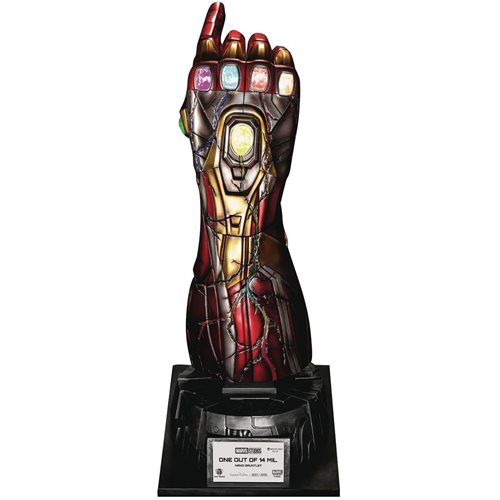Secrets of "Avatar": Photo Realism and Lighting Compensation For Dark 3D Scenes
 I just got some very interesting insider info about "Avatar" and one that I have been pondering for quite some time. Lighting. Its different for 3D movies...
I just got some very interesting insider info about "Avatar" and one that I have been pondering for quite some time. Lighting. Its different for 3D movies...
In 3D movies, effective lighting is quite often an issue and the end result is that sometimes the movie can appear much darker than originally intended (Beowulf at times had lighting issues). This is a result of what happens to the light beam AFTER it leaves the theater's movie projector. Essentially it is divided for both eyes, so the light that we see is reduced at any given time. The screen is 'refreshed' extremely quickly - once for each eye with slightly different perspectives. We see the awesome 3D, but it could be dimmer than intended.
So of course, Jim Cameron has come up with a way to work around this and it is simply elegant. Once again I have heard from one of my "Avatar" sources and he has passed on the secret of just how Cameron is doing this: Radiosity / Global Illumination Techniques.
Ok - now in English - what does that mean Jim? :-)
Well, allow me to SHOW you. Let me underline that this is not the 100% solution that many 3D cinematographers are looking for, but believe me it helps a great deal. I would also imagine that the 2D movie files for "Avatar" may not use these techniques as lighting would be adequate. So until such time as there is a technical 100% solution in the theater, the best answer is to compensate while filming. Here are several images: The first image is the baseline - this is what we want all actors to look like (regarding lighting). The second image is what was actually captured during shooting. The third image is what was processed and the final picture is what was finally rendered!
Here are several images: The first image is the baseline - this is what we want all actors to look like (regarding lighting). The second image is what was actually captured during shooting. The third image is what was processed and the final picture is what was finally rendered!
This process is the great equalizer. It will maintain uniform lighting even after shooting has been completed - in post-production. Why not use this process to AUGMENT lighting uniformly for 3D? You got it. Cameron now has the ability to shoot as his vision dictates without worry of lighting as long as he has a reference baseline image of what he eventually wants - AND apparently he can integrate this into his real-time performance capture viewing that we have heard so much about! Something called: "Real-time Post-production Illumination Editing" could be adapted for his purpose. It also has the benefit of producing "Photo Realism" too which is what all this extra processing time is for - remember shooting for "Avatar" ends shortly and they will have almost 2 years of post production time for this process!
Wow. Awesome stuff and of course the master himself is using it. Avatar is gonna seriously kick ass and look great doing it.
Digg This!


